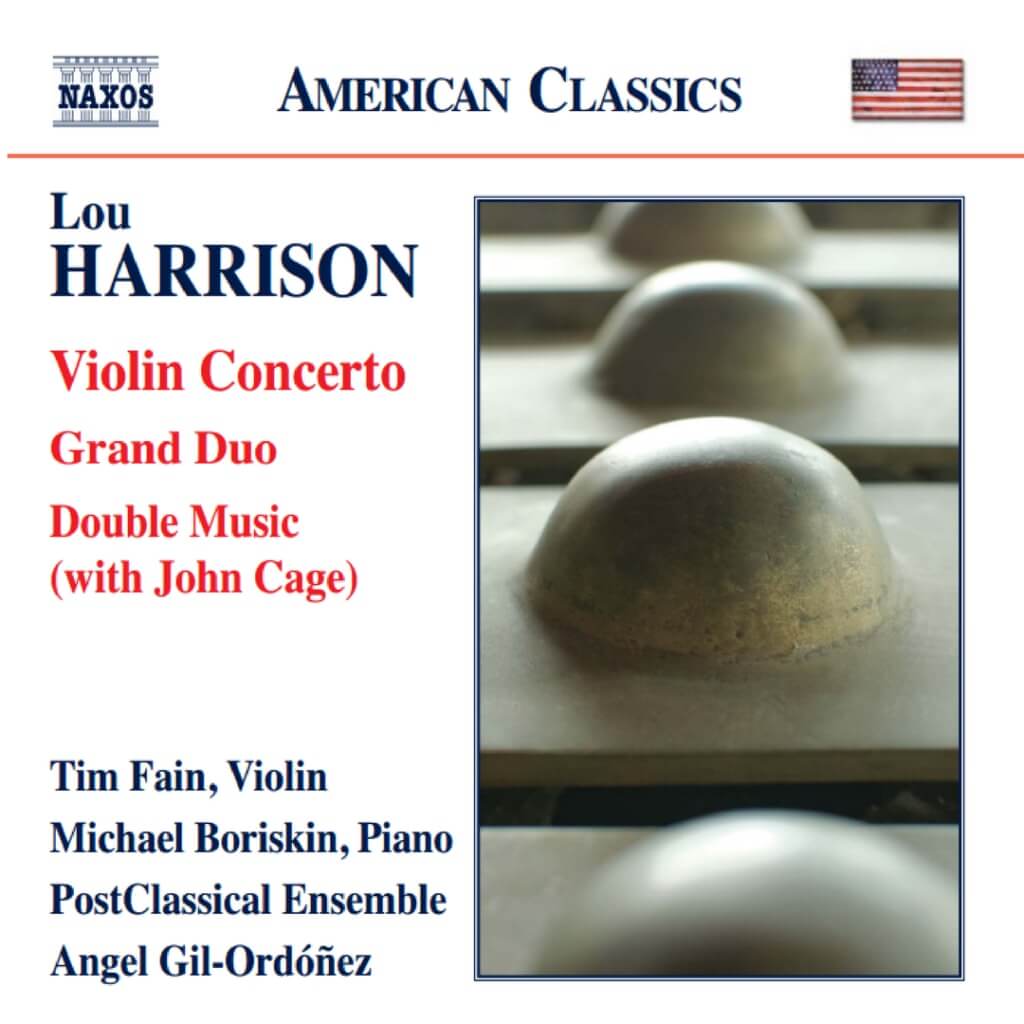
Lou Harrison (1917-2003) was one of the great innovators in American music. While he still does not get the recognition he deserves, in 2017 on the occasion of his 100th anniversary, there are many more performances of his music scheduled than usual. Since Harrison was born in Portland, Oregon and spent much of his time on the West Coast, it is perhaps not surprising that several West Coast orchestras have put together tributes to Harrison. Michael Tilson Thomas in San Francisco has already programmed a great deal of Harrison’s music, and this past week the Los Angeles Philharmonic mounted a semi-staged new production of the opera Young Caesar.
As early as 1889 at the Paris World’s Fair, Western composers had been exposed to the Javanese gamelan. Both Debussy and Ravel and later Messiaen and Britten incorporated elements of gamelan into their music. Harrison heard Javanese gamelan for the first time at Berkeley in 1975 and went further than most Western musicians in actually learning to play some of the instruments used in the gamelan. The Grand Duo for Violin and Piano on this new recording is a good example of the gamelan influence in Harrison’s music, both in the way the piano imitates gamelan style but also in the use of repetitive motives and rhythms. One could also see the piece as a forerunner of the minimalism of John Adams and Philip Glass. It is an effective and original piece but tends to grow dull in the two long slow movements. The final polka is lively and entertaining, again in its recreation of the gamelan sound.
The Concerto for Violin and Percussion dating from 1940 but revised in 1959 is consistently fresh and surprising, and reflects Harrison’s fascination with not only Asian percussion instruments but also with junk such as brake drums, coffee cans, and washtubs that could be used to produce interesting sounds. Violinist Tim Fain is a very capable exponent of both the Grand Duo and the Violin Concerto.
Finally, on this CD there is a short piece in which Harrison and his friend John Cage collaborated in a most unusual way. Together they often produced percussion concerts in San Francisco in the 1940s but on this occasion they did something that was pretty far out even for them. They decided to write a piece for four percussionists, but each composer would separately compose music for two of the four players. Then the parts written separately would be put together. Before they started, they set some parameters for rhythms and rests, but amazingly the results are pretty good. The two iconoclastic musical minds were obviously on the same wavelength.
For more RECORD KEEPING, see HERE.
#LUDWIGVAN



